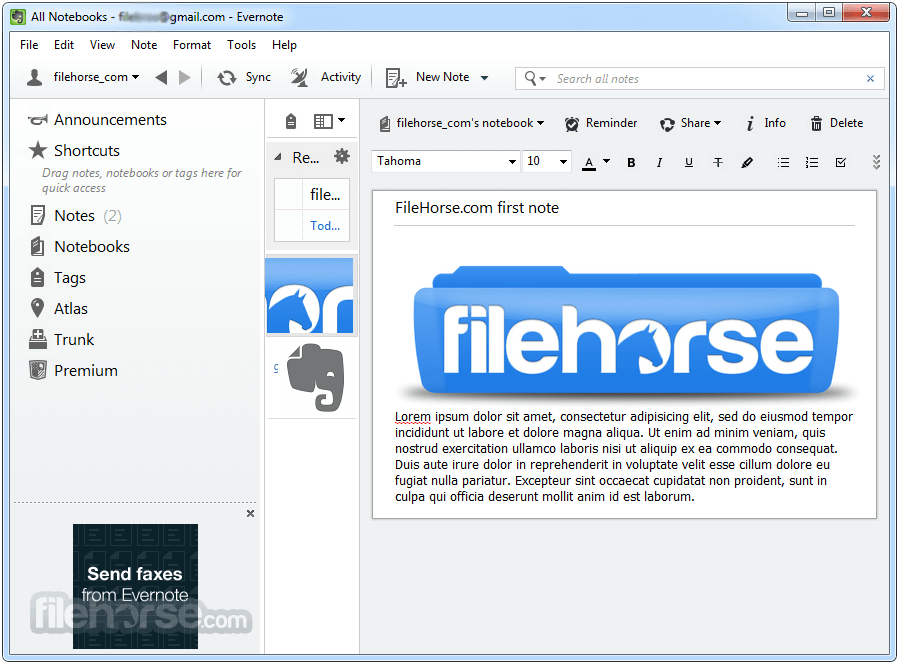

Use your camera to scan and organize paper documents, business cards, whiteboards, and handwritten notes.Add different types of content to your notes: text, docs, PDFs, sketches, photos, audio, web clippings, and more.Clip interesting articles and web pages to read or use later.Write, collect, and capture ideas as searchable notes, notebooks, and to-do lists.“When it comes to taking all manner of notes and getting work done, Evernote is an indispensable tool.” – PC Mag “Use Evernote as the place you put everything… Don’t ask yourself which device it’s on-it’s in Evernote” – The New York Times Tackle your to-do list with Tasks, connect your Google Calendar to stay on top of your schedule, and see your most relevant information quickly with a customizable Home dashboard. Bring your notes, to-dos, and schedule together to tame life’s distractions and accomplish more-at work, at home, and everywhere in between.Įvernote syncs to all your devices, so you can stay productive on the go. The lack of these features made the iPod touch a bit cheaper than the iPhone, so it was a great option for people who wanted certain iPhone features, but who didn’t need a full smartphone.Capture ideas when inspiration strikes.

The main differences between the iPhone and the iPod touch were that the touch couldn’t connect to cellular data, and it didn’t have cameras like the iPhone did. People could play the same games on both devices as well, and use most of the same apps on both, including messaging apps. Like the iPhone, the iPod touch could access the internet via Wi-Fi, allowing people to stream videos and music as well as download them to the device. The iPod touch was released in September 2007 and, like the iPhone, it boasted a large touchscreen, plus a Home button. The iPhone also helped create the iPod touch. The release of the iPhone in August 2007 came after years of breakthroughs and firsts for smartphones, but it’s arguably the smartphone that made smartphones a ubiquitous part of everyday life.


 0 kommentar(er)
0 kommentar(er)
